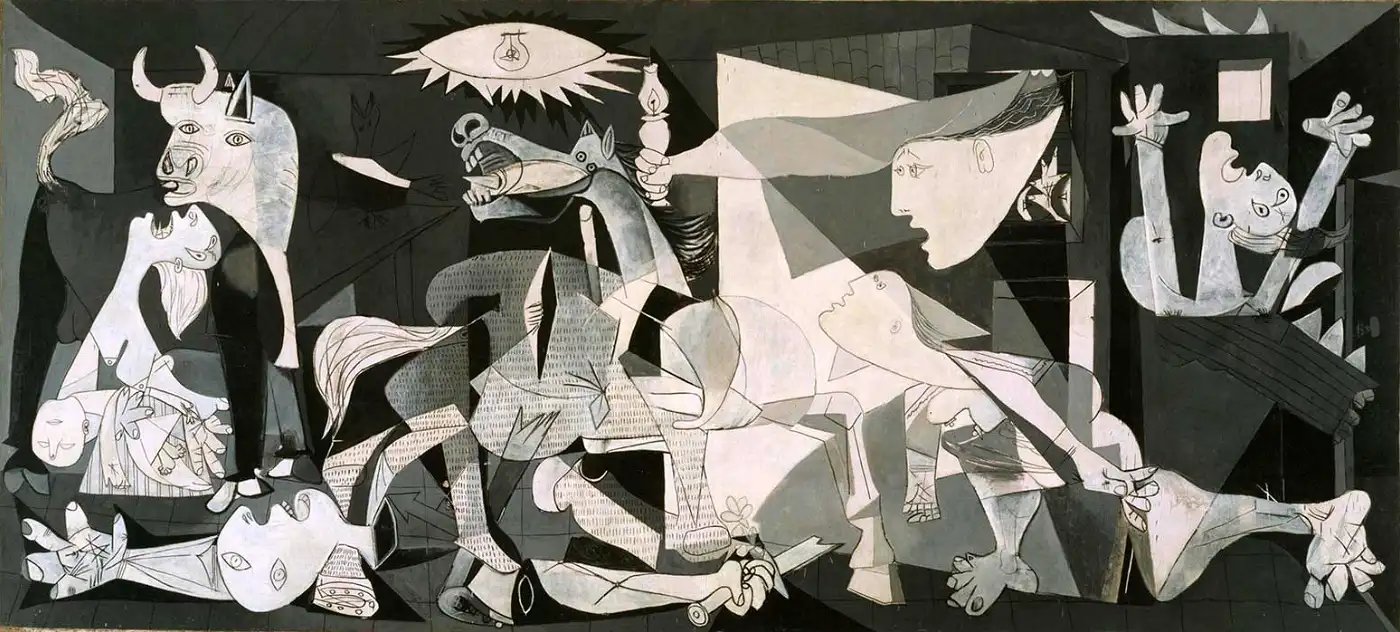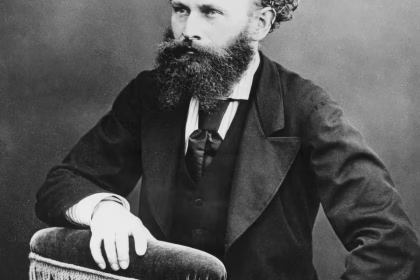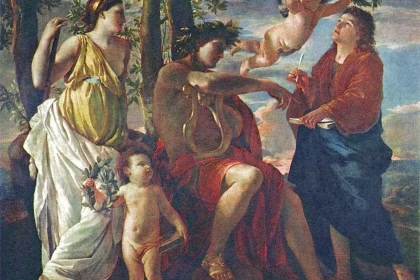One of Pablo Picasso’s most renowned paintings, Guernica (1937) shows the bombardment of the titular city during the Spanish Civil War and is widely regarded as a strong allegory for the horrors of war.
Representations of the Spanish Civil War in Guernica
Pablo Picasso, then a Parisian artist, was commissioned by the Spanish Republic to produce an artwork for the 1937 World’s Fair. But he still needed to find a topic, since the Spanish artist lacked inspiration in the late 1930s.
As political upheaval spread throughout Europe, he saw his own creative process stall. There has been a horrific civil war between Republicans and Francoists in Spain since 1936.

On April 26, 1937, the Basque city of Guernica was bombed by the German Condor Legion, an ally of Franco’s, in an effort to intimidate the local populace into switching sides and abandoning their support for the Republicans.
The onslaught, which started at 4:30 p.
m. and continued for more than three hours, turned the landscape into one of dread. The streets of the destroyed city are littered with the remains of the dead. 1,645 people out of a total population of 7,000 were killed, with another 889 injured.
The following day, at the Café de Flore in Paris, Pablo Picasso read the newspaper and found out the news. It was settled; he would be studying this topic.
As a nod to the black-and-white source material of the news, he opted not to use color.
Women, men, and animals in turmoil

The horrors of war are shown all over the 11.5 ft x 25.5 ft (3.49 m x 7.77 m) painting. Michelangelo’s Pietà, in which the Virgin weeps for her slain son, may be alluding to the woman bearing her dead child in her arms and gazing up at the sky in a scream of grief in Guernica.
Picasso’s depiction of the horse has a skull and crossbones in its mouth and nostrils, if one looks carefully enough. The bull’s intense stare, which represents Spain, appears to implore the observer to come to its aid.
However, the artist depicts a few symbols of peace, such as the dove, which is there but unobtrusively between the horse and the bull, or the lady who arrives at the window carrying a lamp, which may signify hope or the illumination of an event of global importance.
Guernica is a work of democracy
The 1937 Paris World’s Fair was when Guernica first gained international attention; it went on to be shown in a number of other countries before being acquired by the Museum of Modern Art (MoMA) in New York. As long as Spain was not a democracy, Picasso had no interest in having his art shown there.
Pablo Picasso passed away in 1973, and then Franco two years later. The Spanish Senate began the process of returning the work to Spain in 1977 on the grounds that “freedoms are guaranteed.”
The piece was first restored to the Prado Museum in 1981, after the country’s democratic win, and then moved to the Reina Sofia Museum in Madrid in 1992.






